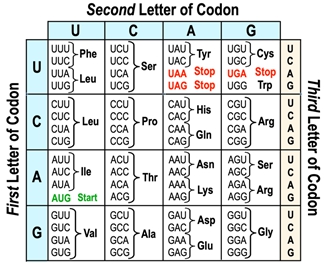Transcription and translation are two essential processes in the flow of genetic information within a cell. Transcription is the process where DNA is used to synthesize RNA, resulting in the formation of an RNA molecule. This process does not involve a change in the class of macromolecules, as both DNA and RNA are classified as nucleic acids. The primary enzyme responsible for transcription is RNA polymerase, which facilitates the synthesis of RNA from the DNA template.
In contrast, translation is the process that utilizes the RNA molecule to construct proteins, which are made up of amino acids. This represents a significant change in macromolecule class, transitioning from nucleic acids (RNA) to proteins. The ribosome plays a crucial role in translation, serving as the primary structure where protein synthesis occurs.
In eukaryotic cells, transcription takes place in the nucleus, where the DNA is located, while translation occurs in the cytoplasm, outside the nucleus. The direction of synthesis during transcription is from the 5' end to the 3' end of the RNA molecule. Similarly, during translation, protein synthesis proceeds from the N-terminal end, where the amino group is located, to the C-terminal end, where the carboxyl group is found.
Understanding these processes is fundamental to grasping how genetic information is expressed and utilized within living organisms, laying the groundwork for further exploration of molecular biology.



